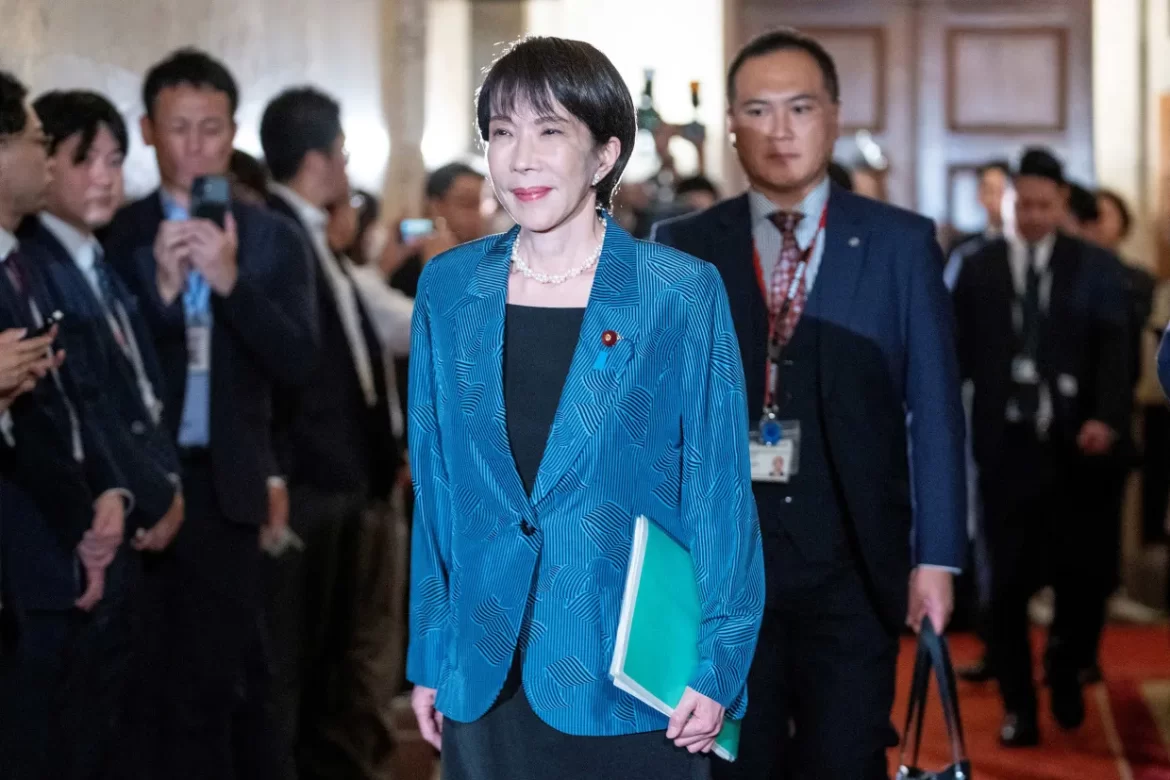TOKYO — Sanae Takaichi, a hardline conservative and longtime ally of former Prime Minister Shinzo Abe, was elected Japan’s first female prime minister on Tuesday, breaking a historic glass ceiling in a male-dominated political landscape.
Takaichi, often compared to Britain’s Margaret Thatcher for her conservative approach, won 237 votes in the 465-seat lower house, clinching a majority and marking a historic milestone for the nation. Her rise also signals a potential shift toward stricter stances on immigration and social policies.
Coalition Support Secures Premiership
Takaichi’s victory followed a coalition agreement between her Liberal Democratic Party (LDP) and the right-wing Japan Innovation Party (Ishin), ensuring the parliamentary backing necessary to form the government. The LDP has dominated Japanese politics for most of the post-war era, and the coalition cements Takaichi’s path to power amid rising public dissatisfaction over inflation and economic challenges.
Economic Agenda and Market Response
Like Abe, Takaichi is expected to push for government spending to stimulate the economy, an approach that immediately influenced financial markets. The so-called “Takaichi trade” sent the Nikkei share average to record highs on Tuesday.
However, economists warn that reviving stimulus measures could exacerbate Japan’s already massive public debt, which far exceeds the country’s annual GDP. Professor Tadashi Mori of Aichi Gakuin University noted, “Further stimulus risks weakening the yen and may not effectively curb rising prices despite attempts to boost demand.”
Read More: Thailand’s Prime Minister Removed Over Leaked Phone Call
Challenges Ahead
While Takaichi secured the premiership, governing effectively will require support from additional opposition lawmakers. Her coalition does not hold a majority in both chambers, meaning she must secure over half the seats to control key parliamentary committees and maintain stable governance.
Official Approval and Succession
Takaichi was also approved by the upper house and is set to be sworn in as Japan’s 104th prime minister later on Tuesday evening. She succeeds Shigeru Ishiba, who resigned last month following his party’s electoral losses.
Takaichi’s historic rise represents both a breakthrough for women in Japanese politics and a potential pivot toward more conservative domestic and economic policies, as the nation navigates inflationary pressures and public demands for reform.















